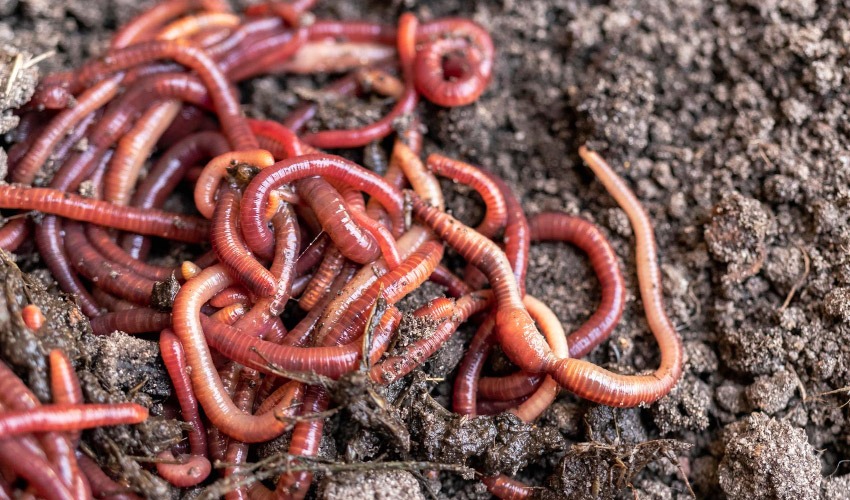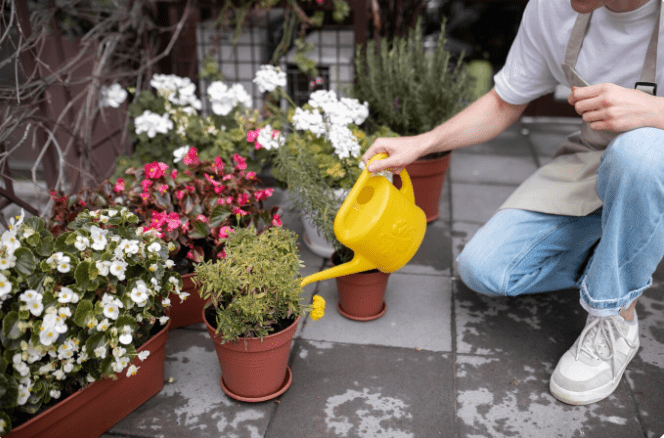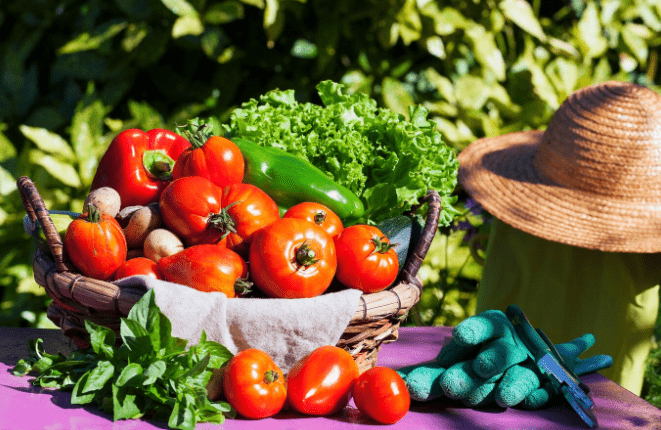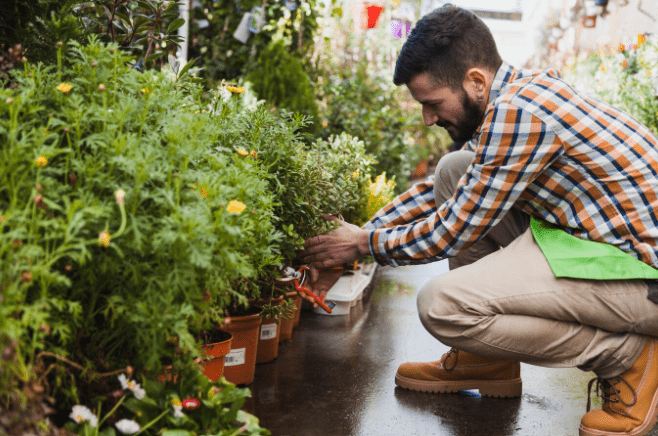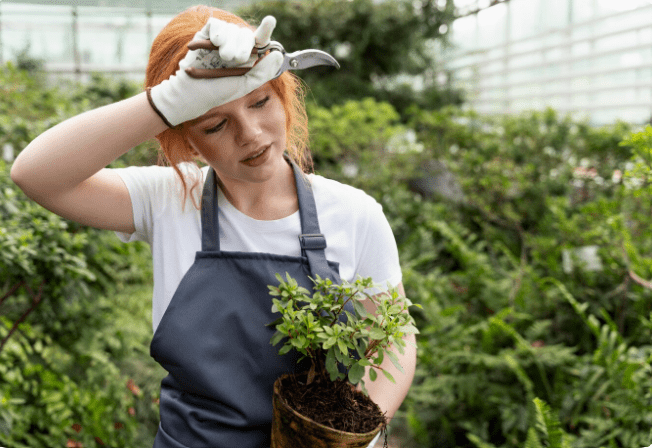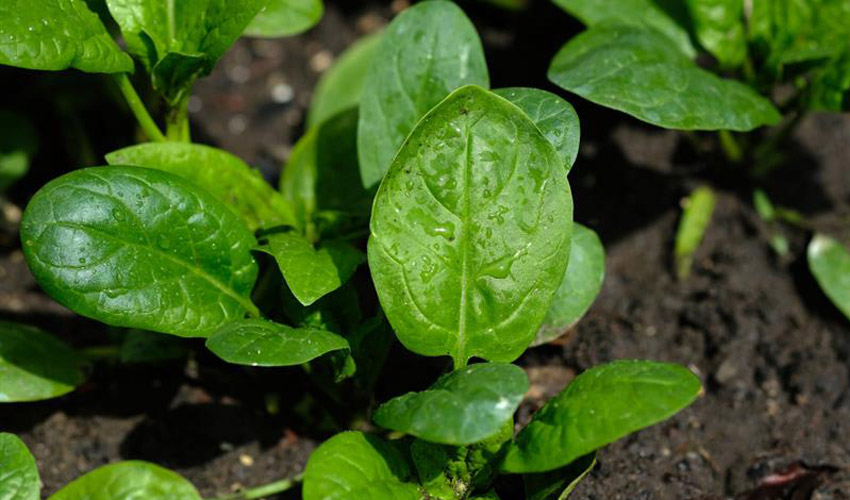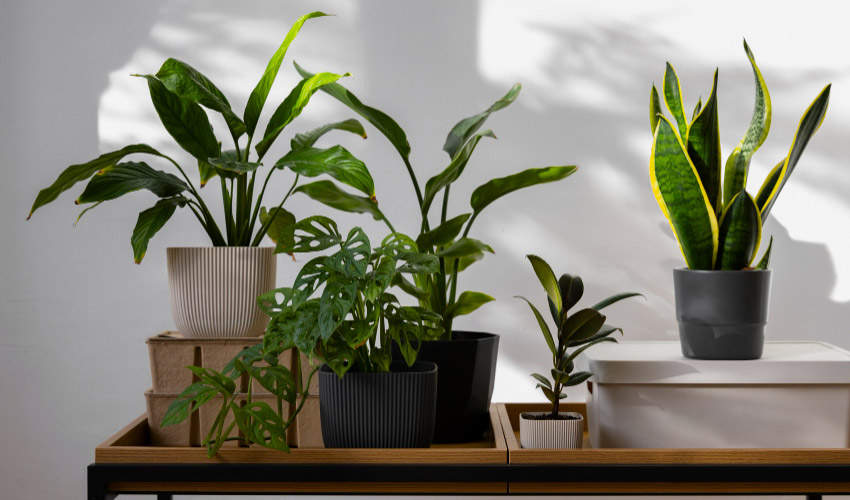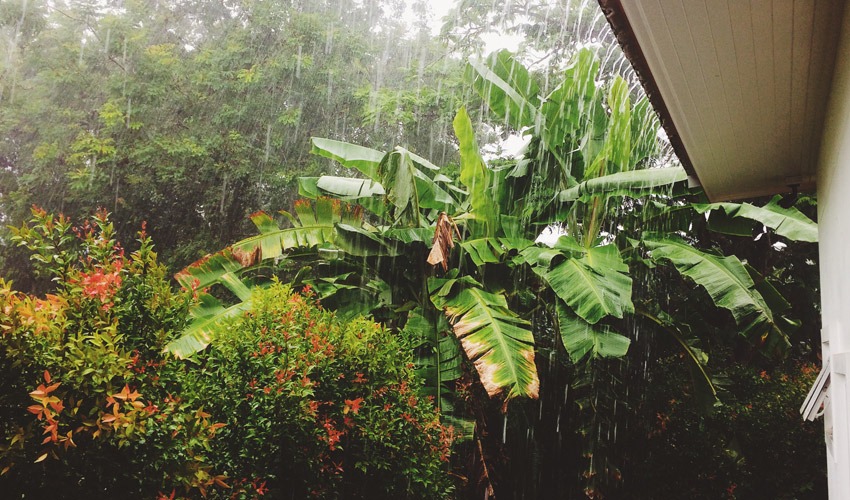Vermicomposting is also known as worm composting. Vermicomposting in rainy season is a natural method to transform kitchen scraps and other organic waste into a dark, nutrient-rich soil enhancer. It is produced from worm droppings and is packed with essential nutrients and helpful microbes that support the growth of healthy, productive soil.
Table of Contents
ToggleWhat Is Vermicompost?
Vermicompost is the nutrient-rich material that remains after worms consume and process organic waste such as fruit peels, vegetable scraps, and other biodegradable matter. In simple terms, it’s the excreta of worms, commonly referred to as worm castings, that serve as a powerful organic fertilizer.
This process involves the natural breakdown of waste through the combined action of specific types of worms and helpful microorganisms. It begins when the worms feed on the waste, but the real transformation happens after the castings are released. As the worm waste decomposes, beneficial microbes continue to break it down further, eventually transforming it into a dark, crumbly substance that closely resembles humus, a sign of fertile, healthy soil.
Methods of Vermicomposting
There are different ways to carry out the process of vermicomposting in rainy season. Below are some commonly used techniques:
Bin Method: This method involves composting within a closed container or bin equipped with proper drainage and ventilation. It’s ideal for small-scale or household setups, helping to maintain a controlled environment for the worms.
Bed Method: In this approach, a raised bed, usually made of bricks or wooden planks, is created directly on the ground. Organic waste and worms are added to the bed. On larger farms, these beds may be built in trenches or extended rows to offer ample space for decomposition and worm activity.
Pit Method: This technique uses a shallow pit dug into the ground where organic material and worms are placed. It’s then covered with natural materials, such as dry leaves or straw, to regulate moisture and temperature. It is crucial during unpredictable weather conditions.
Heap Method: In this traditional approach, composting is done by piling organic waste and worms directly on the soil surface in heaps. Layers of straw or dried plant material are added to help maintain a balanced composting environment.
Process of Vermicomposting
The techniques of vermicomposting may differ slightly, but the core steps remain consistent across all methods:
Site Selection
- Choose a spot that is sheltered or protected from extreme weather conditions.
- Ensure the area has sufficient space to store organic feedstock.
- A reliable water source should be easily accessible.
- The site’s environment must support the survival and reproduction of the worm.
Manure Stockpiles Preparation
- Spread out dried manure in the selected composting area.
- Clear away any unwanted debris, such as stones, thorns, and weeds.
- Ensure all organic materials are finely chopped or crushed (to a particle size of under 10mm) to facilitate easier handling and effective mixing with manure.
Pre-decomposition of Feedstock
The prepared manure piles must undergo a period of pre-decomposition before they are added to the vermicomposting setup with earthworms.
Setting Up Beds
- Raised platforms, approximately 1.2m to 1.5m in width and 0.3m in height are constructed using bricks, with proper drainage holes to remove excess water.
- The surface of the ground or bed is thoroughly moistened.
- A base layer of dry organic material such as wood chips, dried leaves, or grass is added. This is followed by a 20mm layer of neem leaves and then a 0.3mm layer of manure to promote airflow and microbial activity.
Moistening the Materials
- Sprinkling water after each layer is a crucial step, as it jumpstarts the initial breakdown of organic matter.
- If the materials are too dry, they should be soaked in 100–200 liters of water before being placed into the bed.
Introducing Earthworms
- Earthworms are added about 5–10 cm below the surface of the compost bed.
- Afterward, the bed is covered with straw, large plant leaves, or jute sacks to shield the worms from sunlight and help maintain a cool, moist environment.
System Maintenance
- The compost bed should be watered two to three times each week to keep moisture levels stable.
- During the rainy season, natural rainfall reduce the need for frequent watering. However, it’s still essential to monitor the bed to prevent excess water accumulation. Consider using a temporary cover to shield the bed from heavy rains but make sure to allow airflow.
- Turning or lightly mixing the bed contents two to three times per month is also important to aid in the compost’s proper breakdown and maturation.
Harvesting Vermicompost
- Vermicompost is typically ready for harvest within 2 to 3 months, depending on the size of the composting area and the number of worms introduced.
- A few days before harvesting, stop watering the bed to let the upper layer of compost dry out.
- Remove any partially decomposed material and collect the worms for reuse in the next batch.
- Spread the finished compost out to dry for several days before storing or applying it to the soil.
Importance of Vermicomposting
- The balanced physical, chemical, and microbial properties of vermicast make it an excellent organic fertilizer. It enhances soil texture, improves water retention, and boosts the availability of essential nutrients.
- Vermicomposting supports organic gardening and sustainable agriculture by reducing reliance on synthetic fertilizers and pesticides.
- It is an alternative to chemical pesticides and insecticides.
- Vermicompost helps increase crop productivity. Plants require a steady supply of vital macro- and micronutrients throughout their growth cycle, and vermicompost provides just that.
- It is loose, easy to spread, and user-friendly.
- With rising awareness of environmental protection and waste reduction, vermicomposting stands out as an eco-conscious solution.
- It’s also ideal for small-scale use at home. Even without elaborate systems, households can convert kitchen scraps into nutrient-rich compost.
- As the global focus on food safety and sustainability intensifies, vermicompost plays a crucial role. It’s free from harmful substances, supporting the growth of chemical-free fruits and vegetables, which is vital for long-term food security.
Precautions
- Avoid using plastic sheets to cover compost beds or piles, as they can trap heat and gases, creating a greenhouse effect that disrupts the composting environment.
- Do not overload the compost heap; excess material can raise the temperature beyond safe levels, potentially harming or killing the earthworms.
- Worms cannot survive in overly dry conditions and will leave the composting area if the ground becomes too waterlogged.
- In hot months, daily watering is recommended. During the rainy season, watering once a week is usually enough. In winter, water the bed every third day to maintain optimal moisture.
- Avoid adding highly acidic items like citrus peels and tomatoes to the compost pile, as they can disturb the pH balance and harm the worms.
- During the monsoon season, proper drainage is crucial. In areas with frequent heavy rains, it’s essential to construct a drainage trench around the compost pile to prevent water accumulation.
- Use only biodegradable materials in your compost. Keep non-decomposable items, such as stones, glass shards, or plastics, out of the pile to ensure smooth and natural decomposition.

